You're probably familiar with the ethical dilemma presented with the trolly problem.

Any rational thinker might wonder what the real problem is - the obvious choice is the one that leads to the least deaths.
But what if we rethink this problem: What if the one individual was tied up and tied to the tracks, and the 5 individuals were just sitting on them.
The one individual is completely helpless, doomed to absolute death. It was not their choice to be on the tracks, but the choice of another. They have no way of moving off the tracks.
The 5 individuals are sitting on the tracks because they don't really care about their bodies. The like seeing how close the trolly can get before there's consequences.
They can see and hear the trolly coming, they know what they need to do to avoid being injured. They're on the track because of their own decisions, not as a hostage.
Now which track should the trolly operator send the trolly down? The one that absolute assures the death of one innocent victim? Or the possible death of a few individuals who put themselves at risk to begin with?
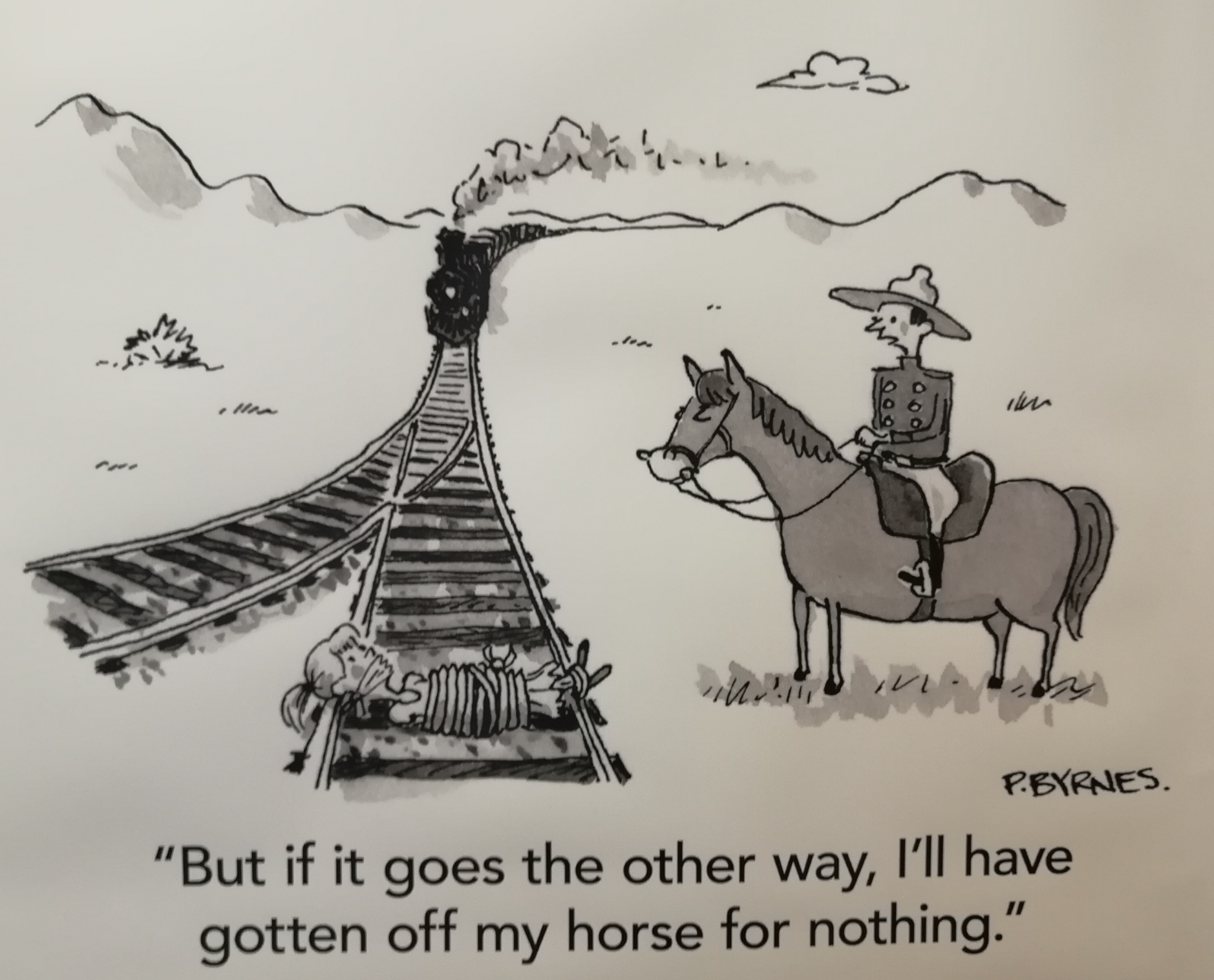
The trolly problem is frequently used to justify the practice of vaccination: "It's much better that a few die from the vaccine rather than a large number die from the virus."
The truth is everyone is not equally vulnerable to viral infection, but everyone is equally vulnerable to vaccine harm.
There are ways for individuals to protect themselves against infection, and though the infection can be miserable, it's a necessary learning experience for the entire system, to fire up and activate together in a coordinated attack.
Unlike artificial intramuscular exposure to a synthetic antigen, natural infections engage the full complexity of the immune system, innate and adaptive, allowing for a broader, more dynamic immune imprint that can protect against future variants or related pathogens. It also strengthens barrier defenses and mucosal immunity, areas that are bypassed entirely by injectable vaccines.
By contrast, vaccine-induced immunity focuses the immune response on a narrow fragment of a pathogen, often delivered in a synthetic context that overrides the body's natural signaling thresholds. And while the goal may be protection, the tradeoff is not equal: everyone receives the same intervention regardless of their actual risk, and the potential for adverse events, immediate, delayed, or systemic, affects the entire population, not just the vulnerable subset.
When we redefine the trolley problem in this light, it's no longer a question of sacrificing a few to save many. It's about whether we have the right to impose irreversible risk on all, including the low-risk and the unwilling, in order to shield those who could often be protected through other means, nutritional, environmental, or behavioral.
A system that disables its own adaptive intelligence in the name of uniform control is not acting in defense of health, but in defiance of it.



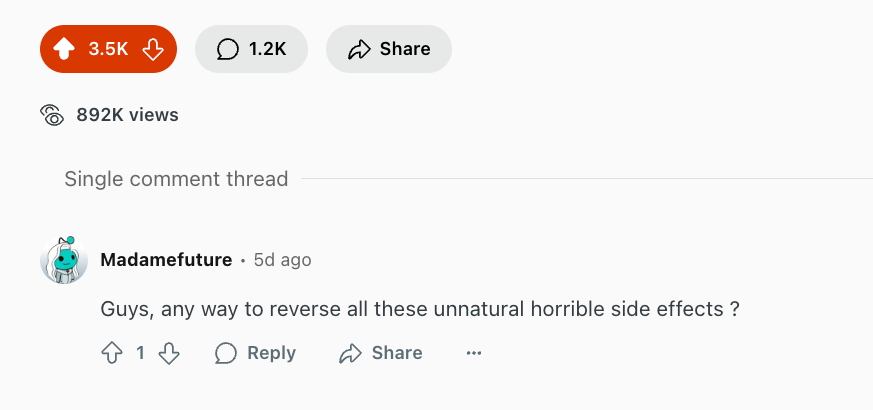
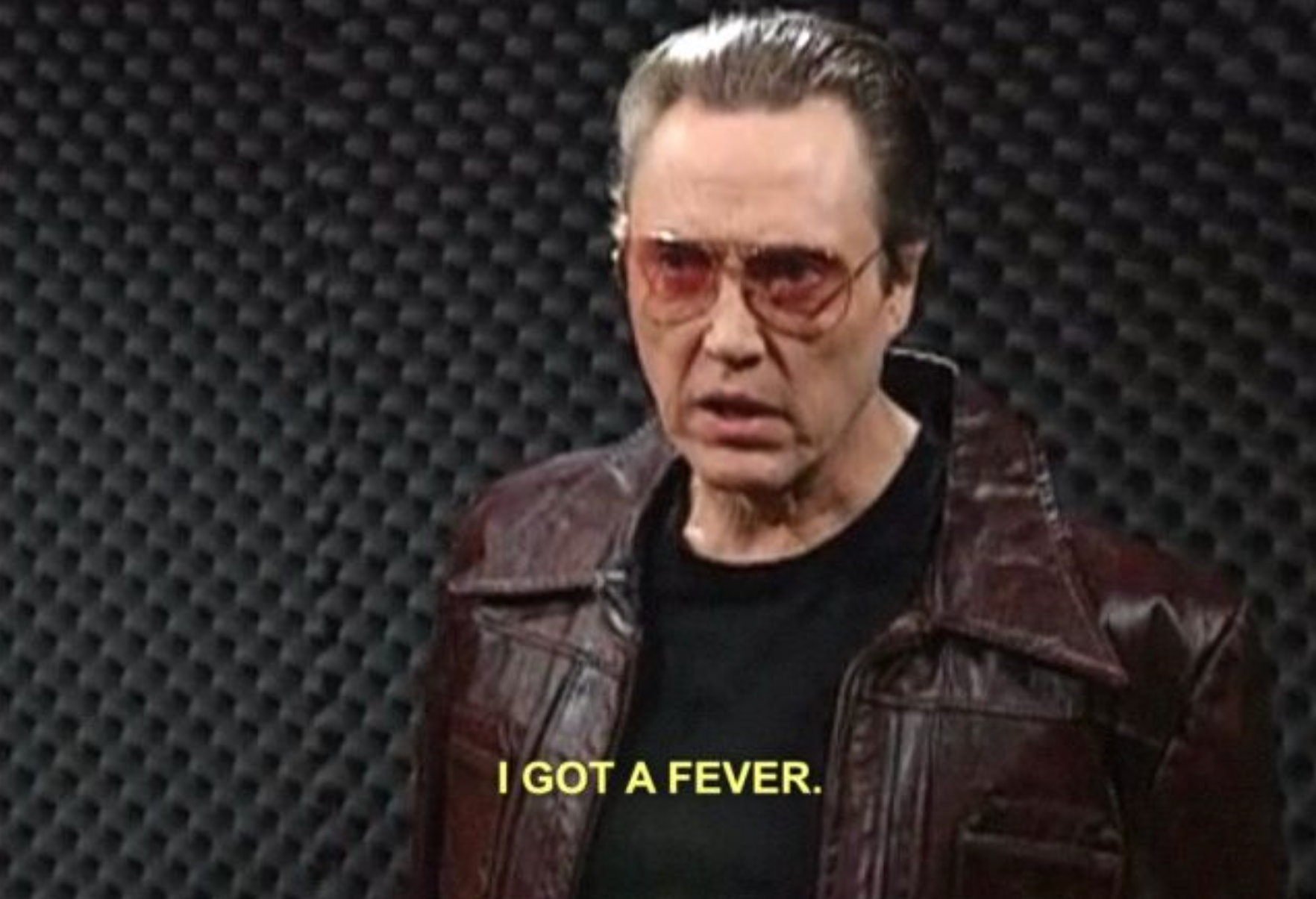

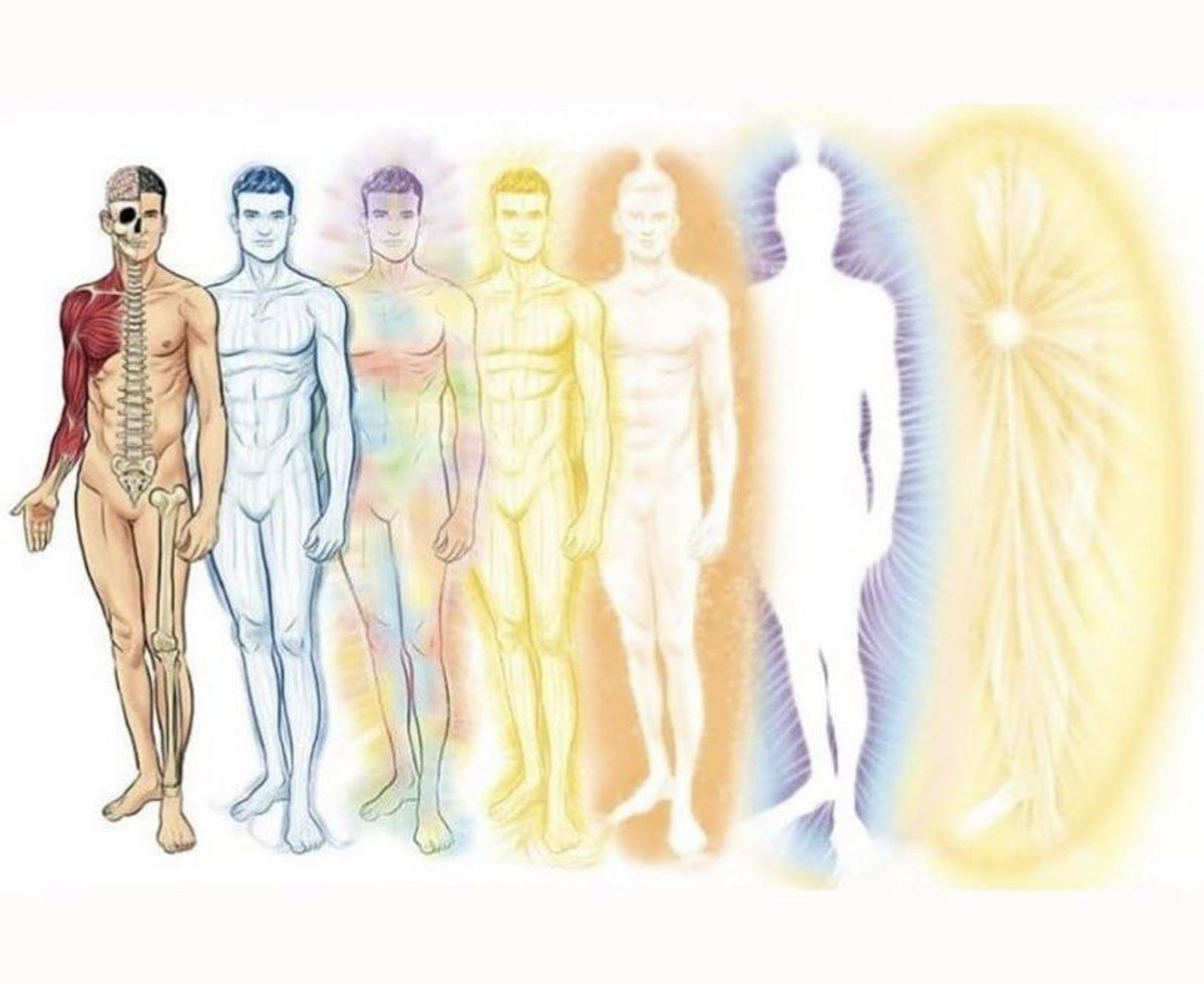



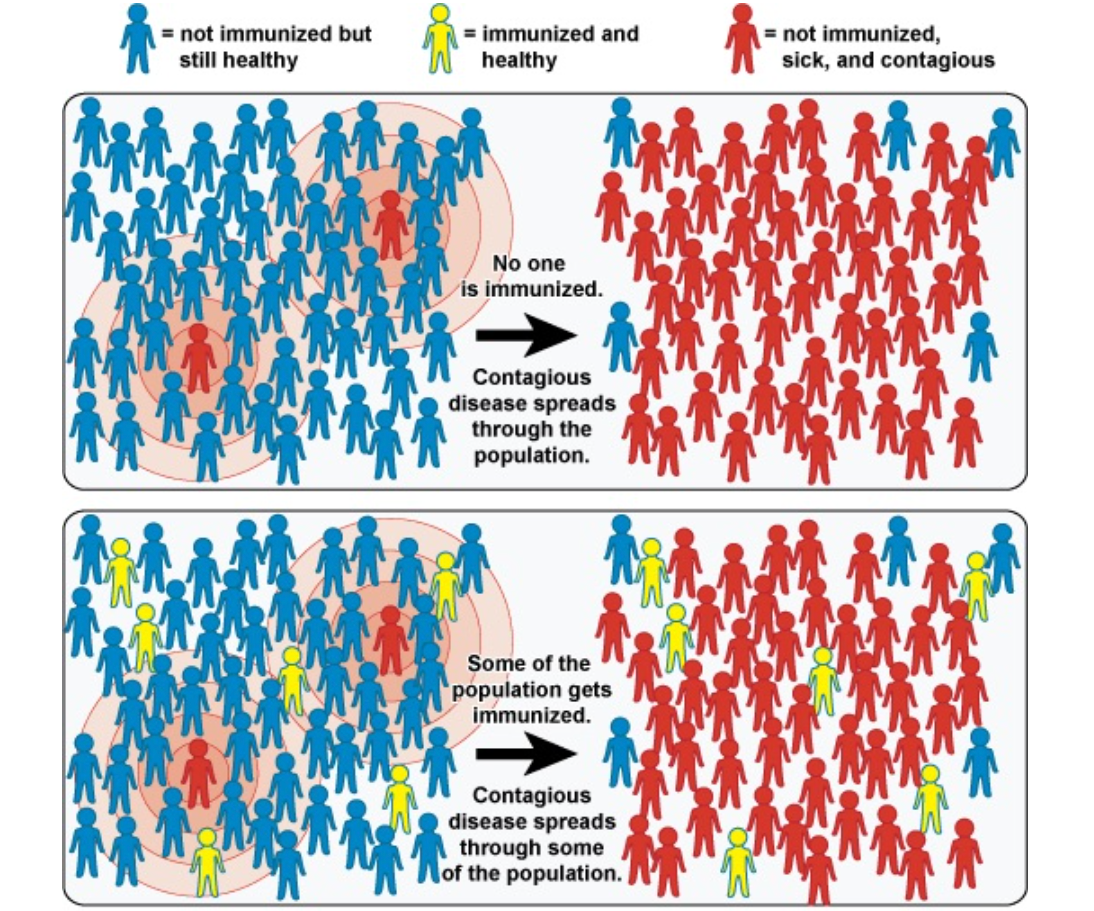
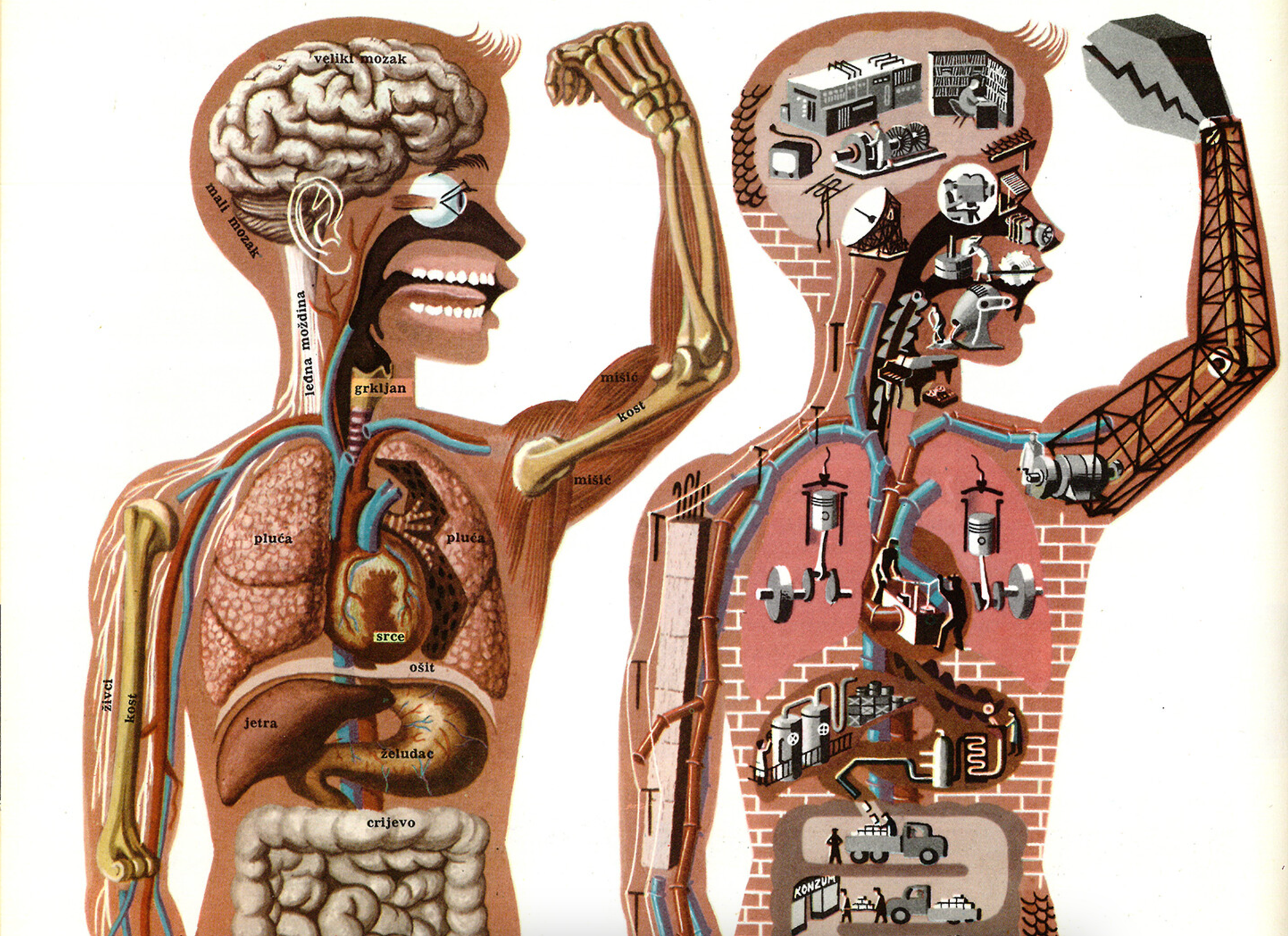

Discussion